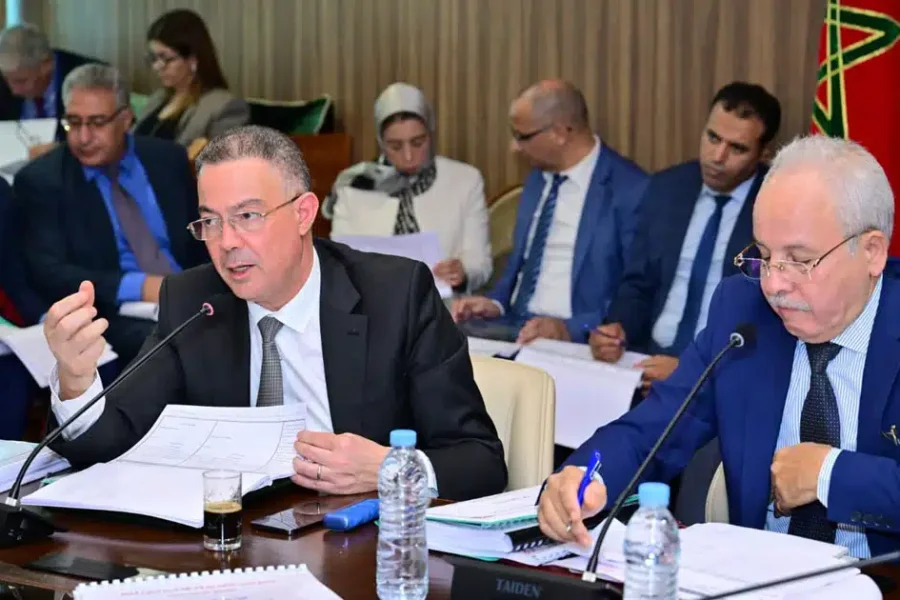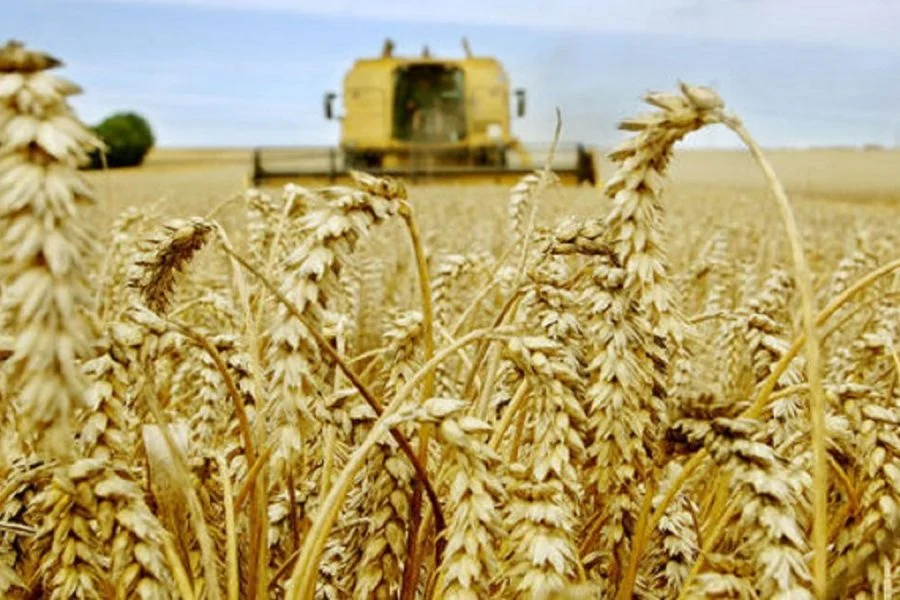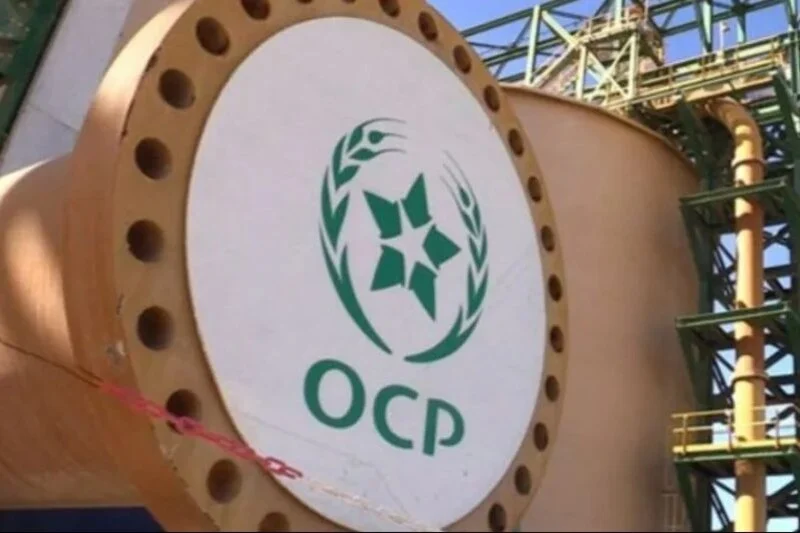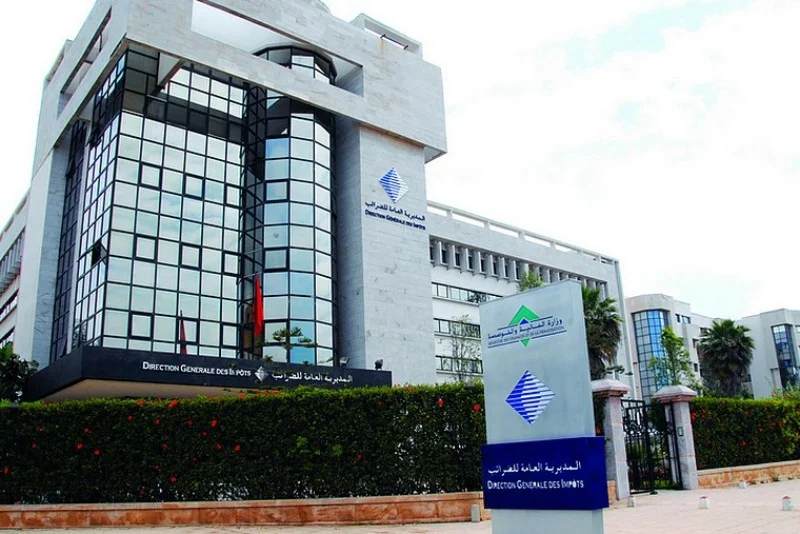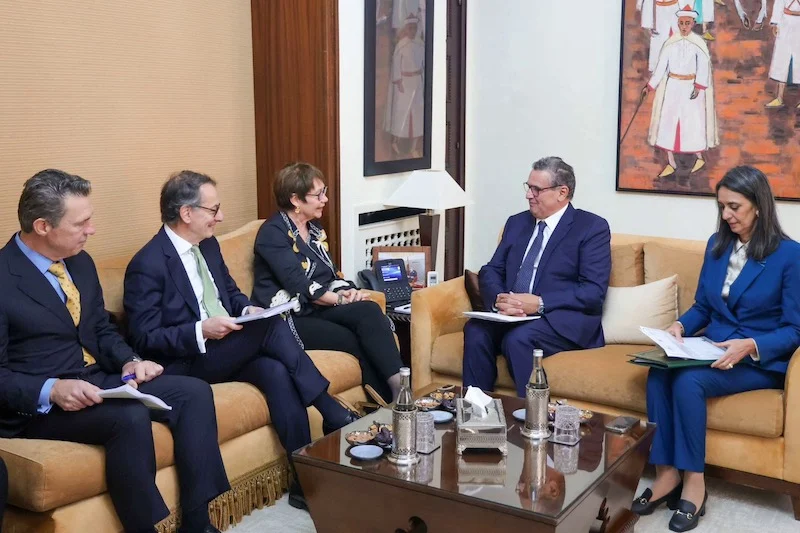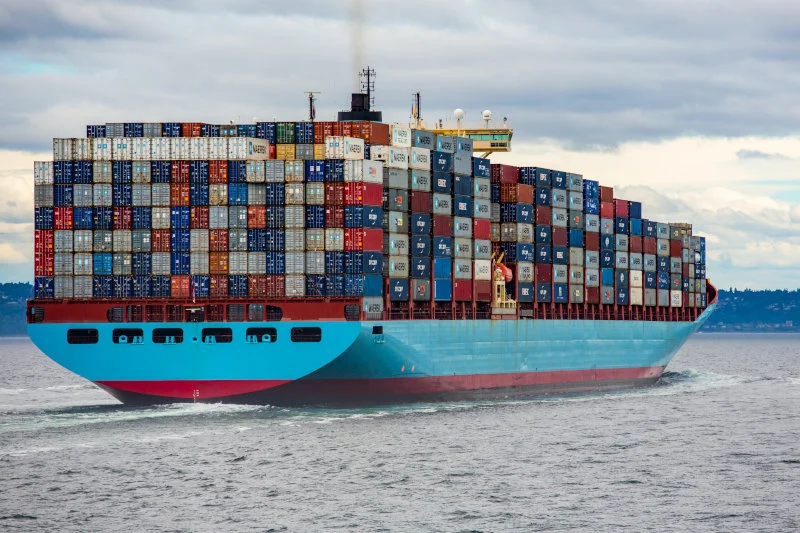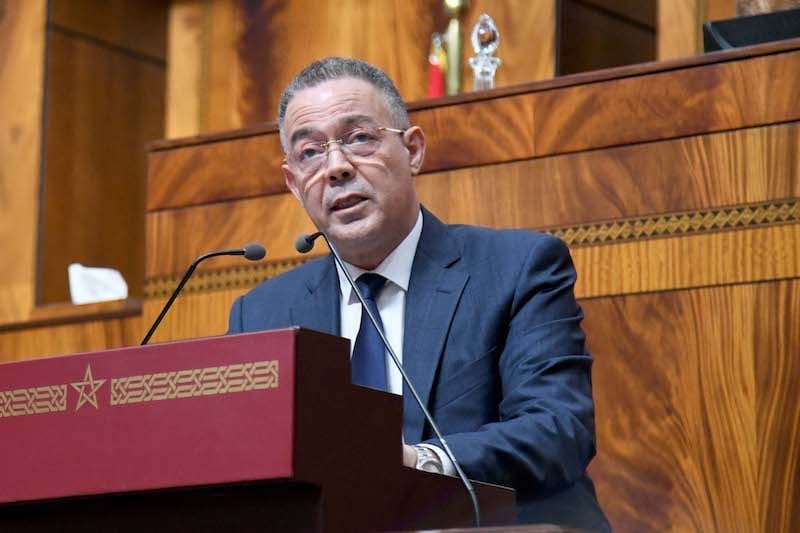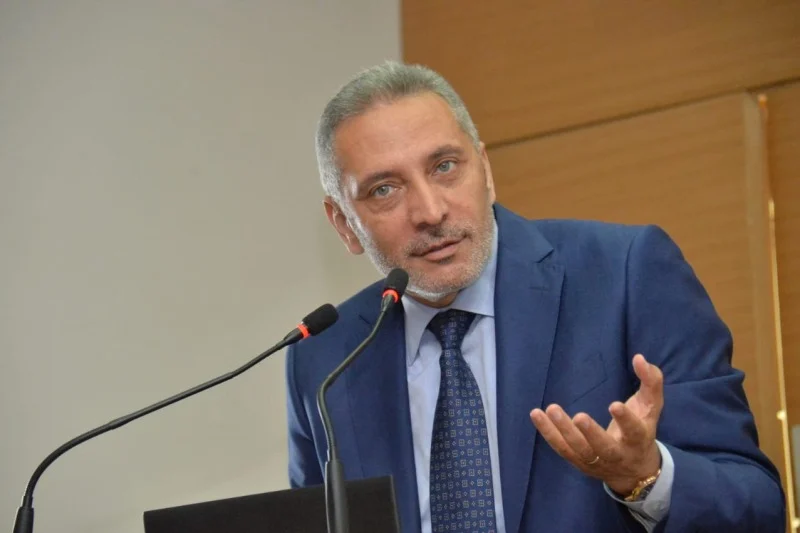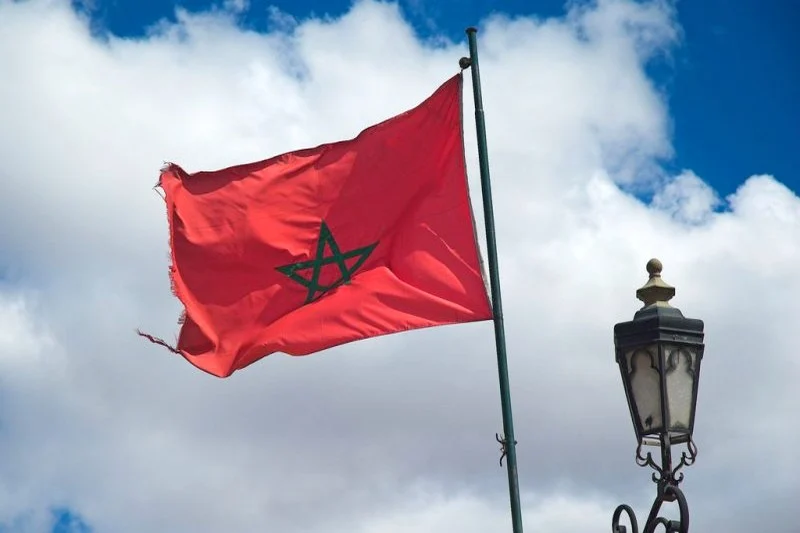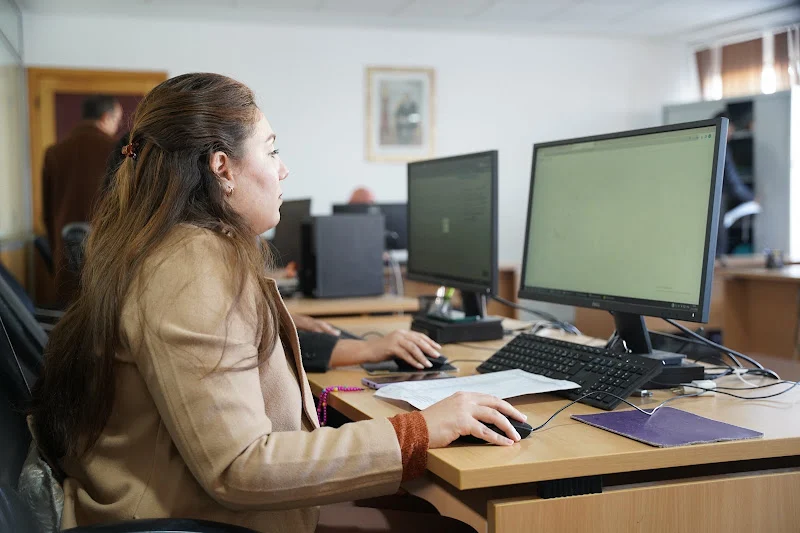Morocco turns to Russia for wheat supply amid
Dec 10, 2024OCP receives approval for 500 Million USD bond
Dec 10, 2024Morocco climbs to 28th globally in Tax Transparency
Dec 10, 2024Head of Government Holds Talks with EBRD President
Dec 10, 2024Morocco races to implement reforms ahead of final
Dec 10, 2024Morocco’s economy grows in 2023, with higher GDP
Dec 10, 2024Israel’s PM Netanyahu arrives in court to testify
Dec 10, 2024Morocco’s Dam Reservoir Storage Reach 29.13% on Dec.
Dec 10, 2024Casablanca Stock Exchange Opens in Red
Dec 10, 2024saad
Nov 19, 2024OFFICIAL ANNONCE
Nov 19, 2024Annonce #17607
Nov 18, 2024Annonce #17594
Nov 18, 2024DOJ charges Ohio man with laundering over $300
Nov 18, 2024Le dirham s’apprécie face à l’euro
Nov 18, 2024Bluesky’s quest to be the next Twitter
Nov 18, 2024Trump’s Top Team Sets Stage for White House
Nov 18, 2024Le dirham s’apprécie face à l’euro
Nov 18, 2024Maroc : Ryanair dévoile son offre de sièges
Nov 18, 2024Annonce #15980
Nov 05, 2024Morocco invests in railway infrastructure with new rail factory and upgrades

Morocco plans to establish a rail factory in the coming years to meet national railway needs and position itself as an exporter of trains, said Abdessamad Qaiouh, Minister of Transport and Logistics in response to a parliamentary question about modernizing the country’s railway network.
During the weekly oral question session in the House of Representatives on Monday, Qaiouh highlighted the significant progress made by the National Office of Railways (ONCF), which has transported around 53 million passengers this year, with expectations to reach 55 million by year’s end, including 5 million on TGV high-speed train.
He also shared plans to complete the rail connection between Kenitra and Marrakesh, passing through Benslimane and Mohammed V Airport, by 2029, a project that is expected to reduce travel time to Marrakesh from seven hours to just two hours and 45 minutes.
The railway sector restructuring project will involve an investment of approximately 87 billion dirhams, aimed at modernizing the country’s rail infrastructure.
This includes replacing existing thermal-powered lines with clean electric energy and enhancing intercity connectivity.
In response to a question about supporting school transport associations amid rising fuel prices, Qaiouh confirmed that approximately 9,000 vehicles serve 650,000 Moroccan children daily in the school transport sector.
He explained that most funding for this sector comes from regional councils, local authorities, and municipalities in partnership with associations, while the ministry’s role is facilitative.
Qaiouh also noted that the government had provided financial support for transport operators, offering 1,000 dirhams per month to those affected by the rise in oil prices, which had reached 130 dollars per barrel in 2022 but have since dropped to 72 dollars.
On renewing the aging road transport fleet, the minister outlined a 200 million dirham program to support the replacement of buses over 15 years old with grants up to 1.2 million dirhams.
Buses younger than seven years can receive grants of up to 600,000 dirhams, while dual-purpose vehicles can apply for support of up to 250,000 dirhams through an online platform. The minister committed to fast-tracking applications for dual-purpose transport vehicles, ensuring processing within 15 days.

 English
English 